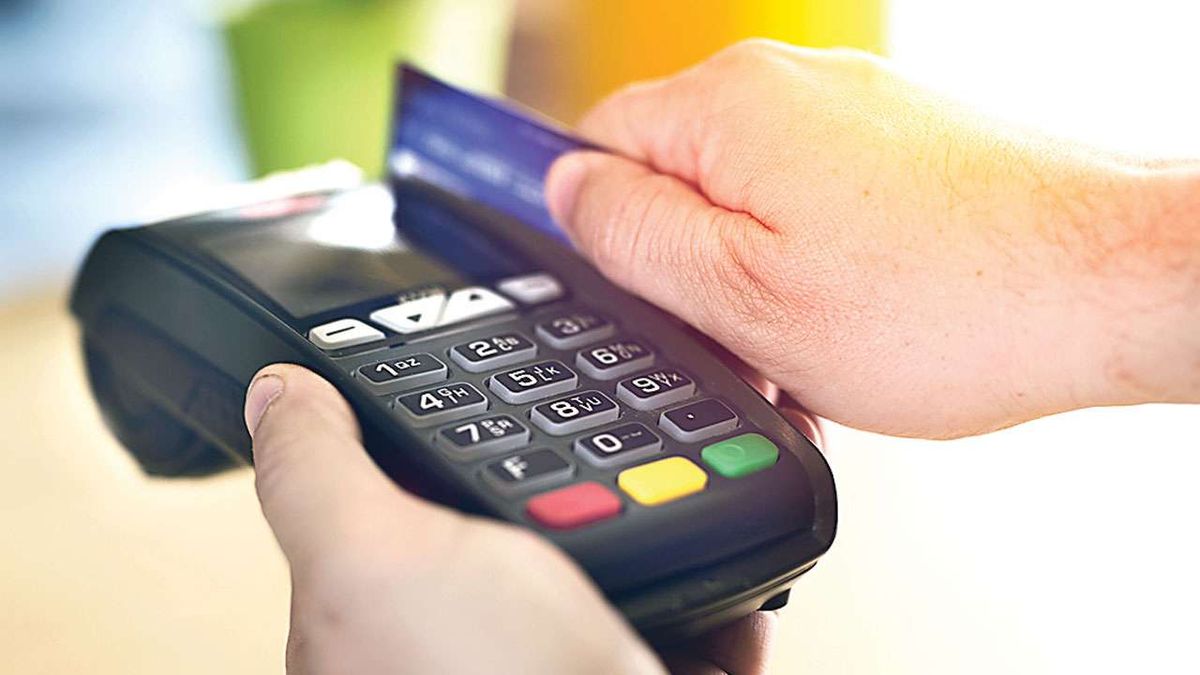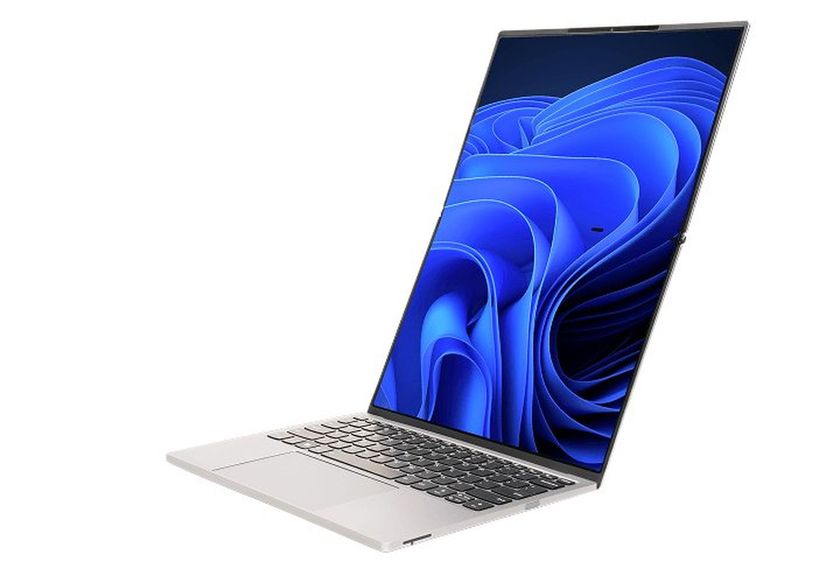India's digital payments decline in Q1 of 2020 - here's why
Things get worse in Q2

Maharashtra, Karnataka and Tamil Nadu were the top-3 states in India that accounted for the maximum online money transactions during January-March 2020. However, overall volume and value of these transactions declined by 10% and 12% respectively over Q1 2019.
As of March 2020, there were 5.13 million POS terminals in India with RBL bank, HDFC bank, State Bank of India, Axis bank and ICICI bank among the top acquiring banks to deploy POS terminals, a report released by payment and transactional services company Worldline has said.
- How to use Google Pay in India: a complete guide
- More than 6.1 billion people will use digital payments by 2023
- Will Whatsapp Pay launch in India be delayed?
- Facebook Pay brings new payments to Instagram, WhatsApp, and Facebook
In its report titled "India Digital Payments Report", Worldline highlights that the top-10 cities that accounted for maximum transactions in Q1 2020 were Bengaluru, Chennai, Mumbai, Pune, Hyderabad, Delhi NCR, Coimbatore, Kolkata, Ernakulam and Ahmedabad.
The total number of POS terminals deployed by merchant acquiring banks crossed 5 million in Q1 milestone figure of2020. Private sector banks represent about 69% of the POS terminal market while public sector banks make up for 27%.
However, the challenge remains on the acceptance front as there are limited merchant touch points. Providing asset-lite, affordable and secure solutions is the need of the hour and Worldline, being one of the largest merchant acquirers, is working with different stakeholders to bridge this gap, says Deepak Chandnani, Managing Director of Worldline South Asia and Middle East.
Other states who made the top-10 in terms of transactions during the first quarter were Delhi, Andhra Pradesh, Kerala, Gujarat, Uttar Pradesh, West Bengal and Haryana
Merchant categories with the highest volume and value of transactions in Q1 2020 were grocery, restaurants, petrol stations, apparel stores, specialty retail and pharmacy.
Get daily insight, inspiration and deals in your inbox
Sign up for breaking news, reviews, opinion, top tech deals, and more.
Worldline India also said January 2020 was the month with the highest number of transactions in volume and value but single day online transactions hit its peak on February 9 which was the weekend before Valentine’s Day.
However, month-on-month transactions dipped in March because of ‘janata curfew’ followed by nationwide lockdown 1.0. Overall, the volume and value of transactions in Q1 2020 dipped by 10% and 12% respectively as compared with Q1 2019.
In addition to this, transactions at merchant touch points nosedived in Q2 as a result of extended lockdown periods. The month-on-month transactions volume and value dipped by over 60% in April 2020. However, with relaxations being introduced, several locations are seeing a good rise in digital transactions.
As of March 2020, there were 57.74 million credit cards and 828.56 million debit cards in the country. While the number of credit cards increased by 24%, the total number of debit cards in circulation dipped by 11% as compared with Q1 2019.
In Q1 2020, the total credit card transactions volume was 553.87 million. Out of which, 313.34 million was done at POS terminals and the remaining 240.52 million was e-commerce transactions and digital bill payments through ATMs, etc.
In terms of value, credit cards transactions accounted for INR 952.26 billion at POS terminals and INR 840.68 billion at e-commerce transactions and digital bill payments through ATMs, etc. bringing the total volume of transactions processed through credit cards was INR 1792.94 billion.
It is worth mentioning that while credit card transactions accounted for 30% of total volume of card transactions, in terms of value it covers about 44%. It states that credit cards are still preferred for high value transactions while debit cards are being used for small ticket size purchases.
Most Popular




